Unlocking AI’s True Power in Education
AI in Education: Moving from Automation to Orchestration
The AI Era isn’t about automation—it’s about transformation. Discover how human-guided orchestration can personalize learning, empower educators, and unleash every student’s potential.
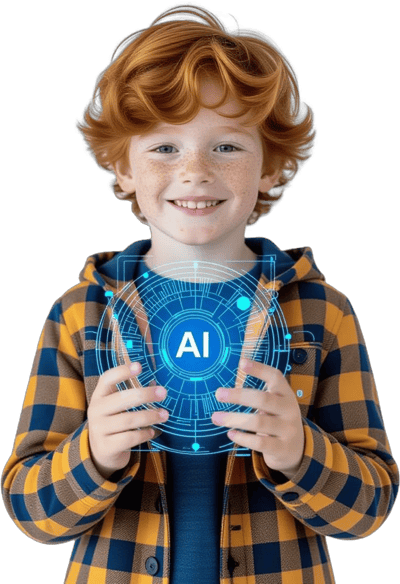
How to Move Beyond Chatbots and Automated Worksheets to Unlock AI's True Promise for Education.
For centuries, classrooms have reflected the dominant technologies of
their time.
Socrates
Socrates used oral dialogue.
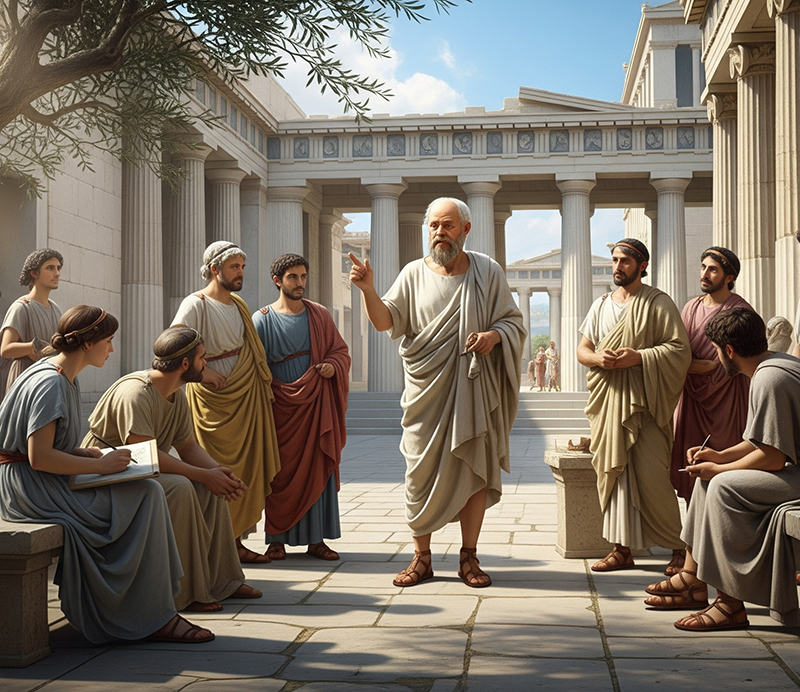
The Industrial Age
The Industrial Age gave us mass instruction.

The Digital Revolution
The Digital Revolution introduced online platforms.

The AI Era
Today, we stand at the edge of education’s most transformative leap yet: the AI Era.
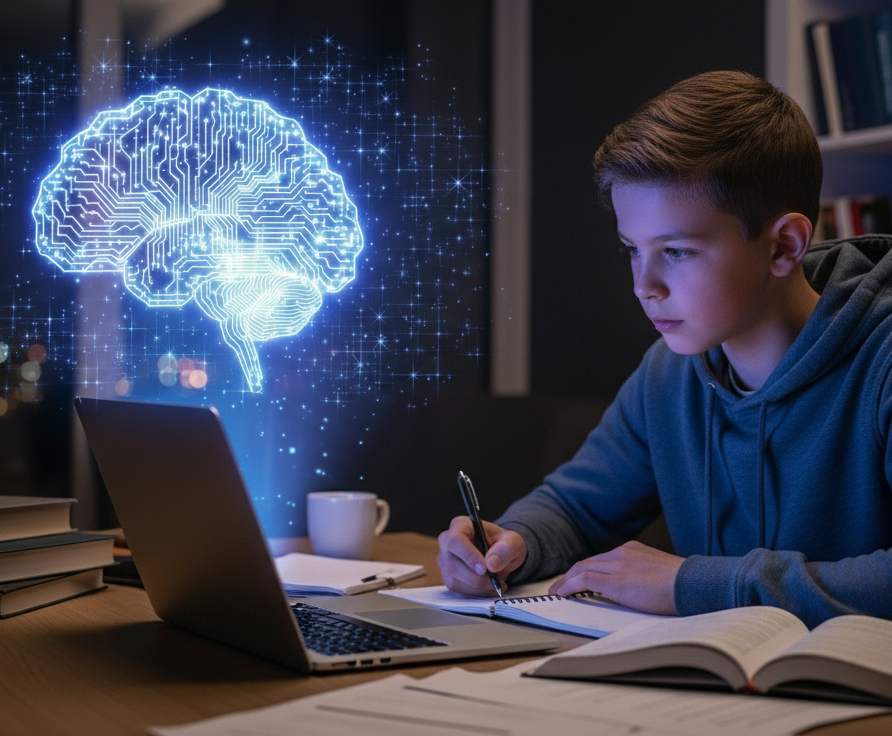
But unlike previous shifts, this one holds the power not just to deliver content faster, but to fundamentally transform how, when, and why each student learns. It isn’t about replacing teachers or digitizing worksheets. It’s about unlocking each student's full potential through precise, human-guided orchestration—where AI amplifies what educators do best.
The New Era of AI in Education
AI is already here. Over half of K–12 students are using AI-powered tools, and educator adoption has doubled in the past year. The question is no longer if AI belongs in schools—it’s how we ensure it delivers real impact.
What matters now is building AI that solves persistent challenges, not just automates old routines. That means shifting from automation to orchestration—an approach that enables:

Precision Over Pace
Customizing not just speed, but the path and purpose of learning

Motivation by Design
Using the AIM Blueprint™ to foster confidence, connection, and drive

Mastery as the Standard
Replacing outdated 70% thresholds with the 90 Percent Mastery Floor™

"The future of education isn't about replacing teachers with AI—it's about giving every educator the power to orchestrate transformative, personalized learning for each student."
— Jenna Pipchuk, AI-First CEO, Studient
The 2 Sigma Challenge: Education's Holy Grail
Why one-on-one tutoring works—and how AI finally makes it scalable.
In 1984, psychologist Benjamin Bloom revealed that one-on-one tutoring produced results two standard deviations above traditional classrooms—an effect known as the “2 Sigma Problem.” But scaling that level of personalization has long seemed impossible.
Classrooms built for efficiency—one teacher, thirty students—leave learning gaps and untapped potential. For decades, schools have searched for a cost-effective way to deliver individualized instruction. Research now shows that human-guided AI may be the answer.
The power of AI isn’t speed, it’s precision: diagnosing why a student struggles and creating a targeted, mastery-driven path forward. But to truly work, AI must be designed for education, guided by teachers, and centered on each learner.

A 2023 Harvard study revealed that AI tutors can double the rate of learning for students in the bottom quartile.

The University of Chicago’s Education Lab found that AI-powered personalization can generate an average of +0.75 standard deviation improvements—bringing us within reach of Bloom’s 2 sigma gains. *
*Note: While the +0.75 SD result stems from high-dosage tutoring studies, the link to AI emerges when combined with the cost-efficiency and scalability claims of AI-supported systems.
Why Most Educational AI Falls Short
Understanding the gap between AI's promise and today's reality.
Many “AI-powered” tools fall short digitizing models, ignoring context, and treating 70% as “good enough.” Rather than solving real problems, they replace human judgement instead of enhancing it.
Generative AI
Generative AI creates content without pedagogical review, risking misinformation
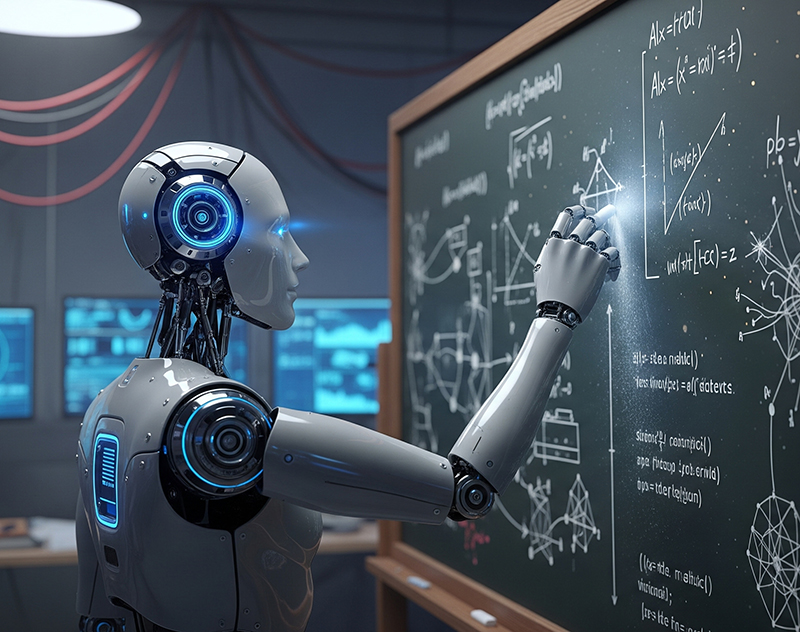
Autonomous Systems
Autonomous Systems make critical decisions without educator oversight
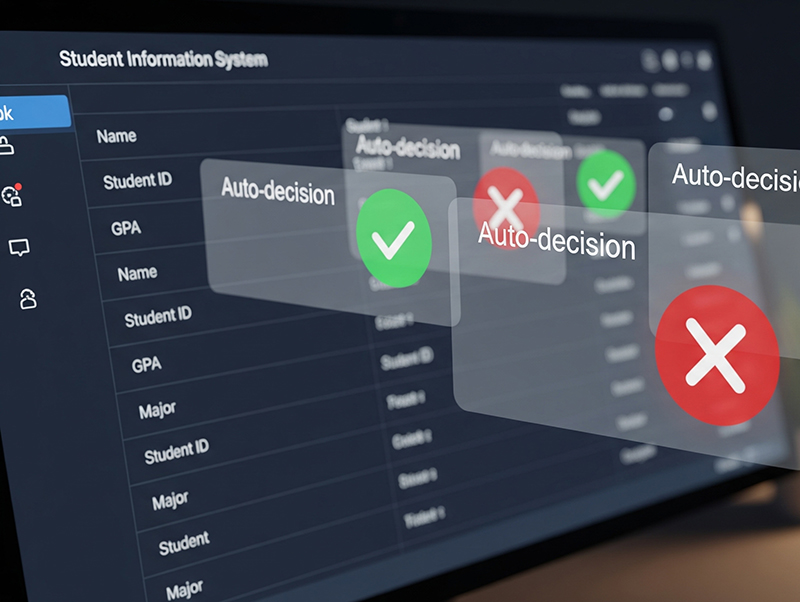
Assessment-Only Tools
Assessment-Only Tools diagnose problems without orchestrating solutions

Surface Adaptivity
Surface Adaptivity adjusts difficulty without addressing why students struggle

Three Principles for Educational AI that Work
Moving from automation to orchestration.
-
 From Pace to Precision
From Pace to PrecisionTrue personalization goes beyond adjusting speed or difficulty. It means understanding not just what a student doesn't know, but precisely why they're struggling and exactly what will help them breakthrough. This requires AI sophisticated enough to process thousands of micro-signals—from response patterns to engagement indicators—while remaining transparent to educators.
-
 From Hope to Engineered Motivation
From Hope to Engineered MotivationEngagement isn't random; it's a solvable design challenge. Our AIM Blueprint™ helps students Achieve through visible progress, Inspire through shared goals, and Motivate through passion projects and mindset coaching. This means monitoring beyond right or wrong answers, but developing confidence, persistence, and belief.
-
 From Passing to Mastery
From Passing to MasteryThe traditional "70% and move on" model creates Swiss cheese foundations that crumble under pressure. True educational AI should enforce deep understanding. Motivention sets the bar at 90% mastery or higher to ensure every concept forms a solid foundation under each student. This isn't about making learning harder; it's about making success inevitable.
What This Means for Classrooms: The Orchestrated Future
Real impact when AI amplifies human expertise.
When AI operates according to these principles, transformation follows:

Students
- Precise learning paths that close gaps fast
- Confidence from consistent wins
- A sense of agency in their own progress

Educators
- Precise learning paths that close gaps fast
- Confidence from consistent wins
- A sense of agency in their own progress

School Systems
- Measurable academic growth
- Equitable progress for each learner
- ROI you can defend to your board
From Theory to Reality
Where human-centered AI is already transforming outcomes.
Failing Public Charter School: Using orchestrated AI, 10 students performing at the 25th percentile achieved 99th percentile growth in one academic year.
Elite Private School: The same approach helped entire grade levels reach 96-99th percentile performance, proving this isn't about resources—it's about methodology.
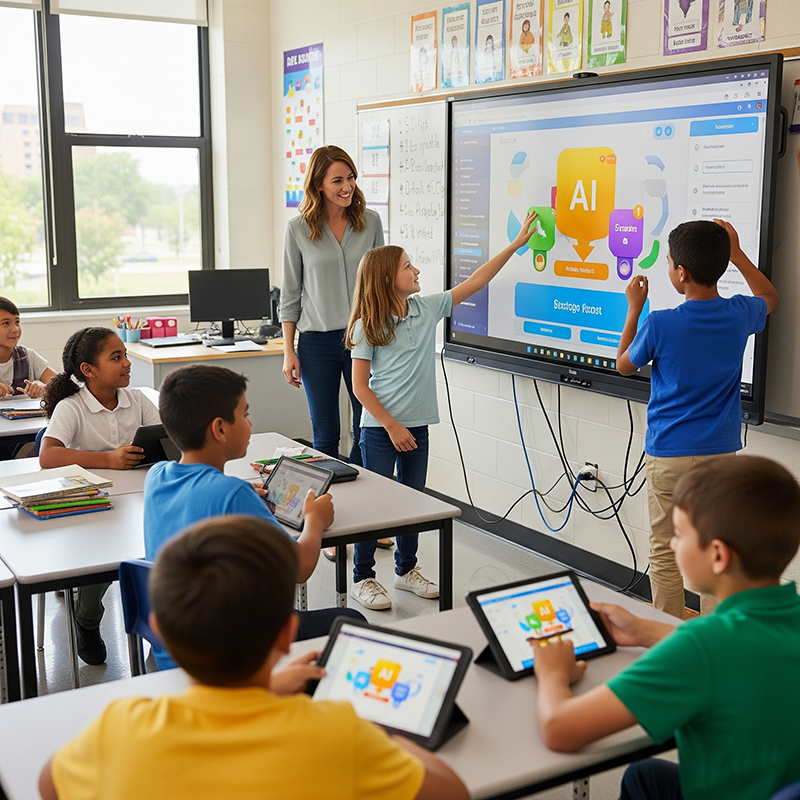
Proven Results That Transform Schools
From promise to performance.
"At Texas Prep, I saw Motivention work for students across the board. It didn't matter their background or their skill levels. The AIM Blueprint allowed us to meet them where they were at and build from there." — Gaston Griffin, Head of Texas Prep
Texas Prep transformed from 86% "Did Not Meet" to placing in the top 1-4% nationally for growth.
Read the Full Texas Prep Case Study →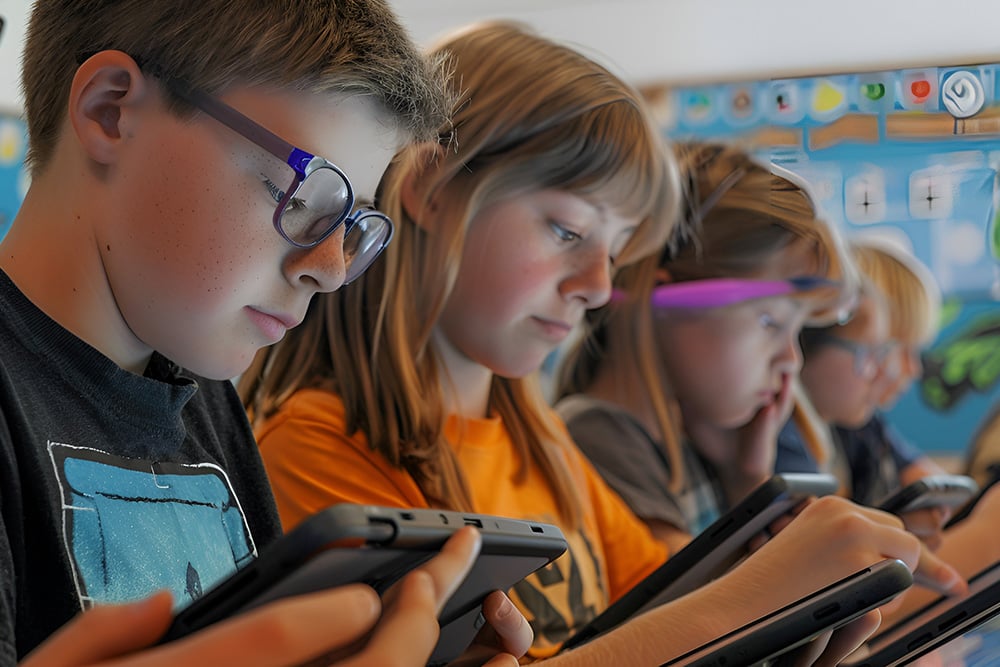
Defining Education's Next Era
The future isn't automated—it's orchestrated.
We stand at an inflection point. The technology exists. The research is clear. What's needed now is the wisdom to implement AI in ways that honor education's fundamental purpose: unlocking human potential. The districts' leading teachers, but in giving them superpowers.
Where technology handles complexity while humans handle connection. Where each student regardless of starting point has a precise path to excellence. This isn't a distant vision. It's happening today in classrooms where human wisdom guides machine precision. The districts leading this movement aren't waiting for the future. They're building it.
Ready to explore education's next frontier?


Where human wisdom meets AI precision to unlock each student's potential




